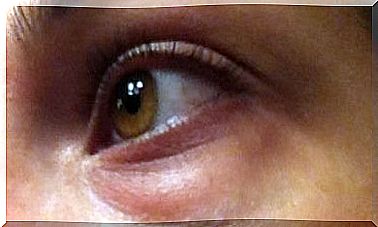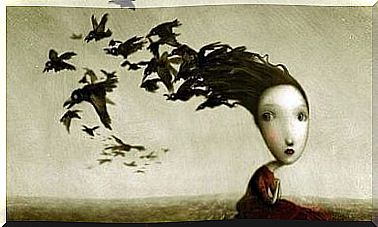Types Of Poliomyelitis
Polio is a disease of viral origin that is almost a thing of the past because it has been successfully controlled in most countries of the world. Despite this, knowing the different types that exist is very interesting.

The different types of poliomyelitis ( polio , in its short form) are infectious diseases that mainly affect the nervous system of people. As reported by international sources, such as the World Health Organization, this pathology is caused by the poliovirus, a viral agent made up of RNA and a capsule of proteins.
According to several studies, there are three serotypes (different varieties). Serotype 2 was last detected in India in 1999 and is therefore considered eradicated from the wild. However, variants 1 and 3 continue to circulate in the population. Both are highly infectious and cause paralytic polio.
About polio and its distribution
The World Health Organization reports some figures that allow us to get an idea of the polio situation on a global scale. Here are a few :
- In 1988, when the campaign against this disease began, more than 350,000 cases were detected worldwide.
- Thanks to containment and vaccination efforts, in 2018 only 18 cases were reported worldwide (a reduction of 99%).
- This pathology has a preferred age group because it mainly affects children under the age of five.
As we can see, polio is a disease that is almost a thing of the past. We must nevertheless remain cautious because we have calculated that if the virus were not completely eradicated, we could see more than 200,000 new cases occur in less than 10 years.

Types of polio
Clinical studies show that there are four main types of polio. Here they are :
- Asymptomatic : it constitutes 90% of cases worldwide.
- Minor illness : up to 9% of cases. It is characterized by the presence of fever, malaise, nausea, vomiting, diarrhea and constipation.
- Aseptic non-paralytic meningitis : 1 to 2% of cases.
- Paralytic polio : less than 1% of cases.
Since the first two variants are benign during their development, we will focus on aseptic non-paralytic meningitis and paralytic polio. We are now going to explain everything you need to know about these two pathologies.
Aseptic non-paralytic meningitis
According to scientific research, aseptic meningitis is an infectious process that affects the membranes covering the meninges of the central nervous system (CNS), causing inflammation. It is characterized by the following symptoms:
- Fever.
- Headache (headache) and stiff neck.
- General malaise.
- Muscle aches.
- Loss of appetite and vomiting.
According to other bibliographic sources, aseptic meningitis of viral origin (such as that produced by poliovirus) has a good prognosis. But the poliovirus is not the only one to cause meningitis: enterovirus, herpesvirus or HIV have also been identified as responsible for the latter.
This pathology, despite its benign development, may require hospitalization of the patient and the taking of antibiotics for a determined period of time. We say antibiotics , even if it is caused by a virus because, in the most affected patients, this treatment is started immediately as a preventive measure against meningitis of bacterial origin, which is much more dangerous.
Paralytic polio
In this case, we are facing the most serious manifestation of the poliovirus. Sources cited above estimate that one in 200 patients will suffer from irreversible paralysis and that, of these, 10% will die from muscle problems in the respiratory tract.
Detecting this severe variation is easy because the symptoms are very aggressive. Literature sources report that after five days of infections, processes such as intense myalgia (muscle pain) and limiting muscle spasms appear, leading to chronic weakness in the arms and legs. Paralysis usually comes to a head after a week of infection.
The death rate in the acute stage is 5-20%, and worst of all is that it is incurable once it manifests. Despite this, after these critical phases, the paralysis tends to improve over the years, thanks to a process of re-innervation with the neurons that have not been damaged.
Depending on the place affected, we can observe three types of paralytic polio. Here they are :
- Spinal.
- Bulbo-spinal.
- Bulbary.
50% of individuals who survive this severe manifestation experience weakness for the rest of their life, and 20-85% of patients with a history of polio in childhood may develop post-polio syndrome. This is characterized by progressive muscle atrophy which limits functional capacity.

What to remember about the types of polio?
As we have seen through these few lines, polio is a disease that is controlled in most parts of the world. In addition, 90% of cases are asymptomatic: it is therefore very rare today for a clinical setting to be associated with poliovirus.
There are very effective oral and intravenous vaccines for the immunization of children against this virus, with an effectiveness of the order of 99% after three doses. So if we continue to make global efforts to eradicate it, polio will soon be a thing of the past.









